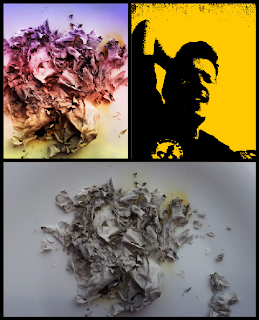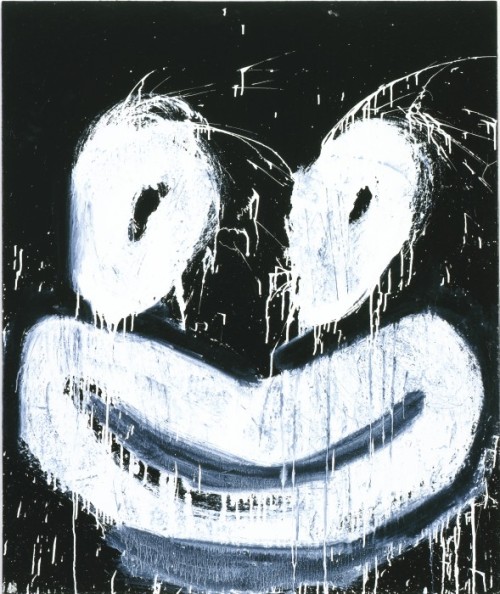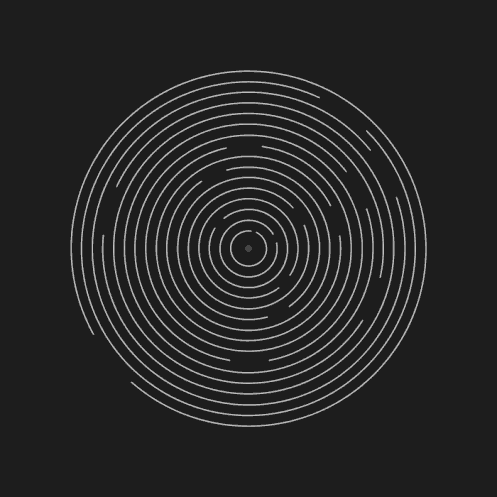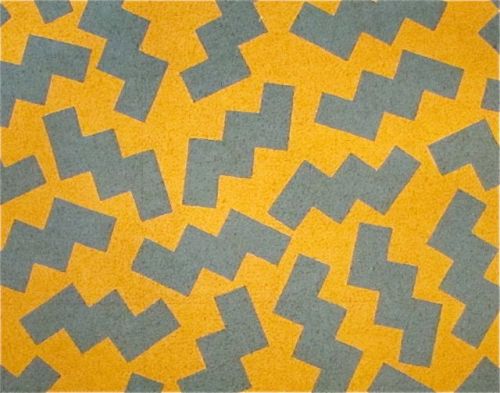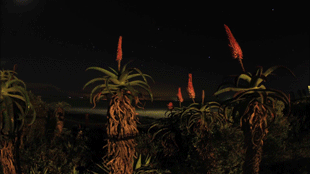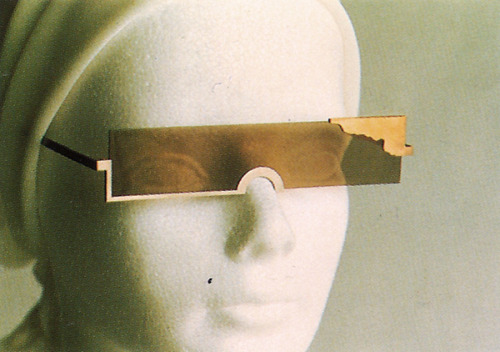Chisinau↑Times
Acest spațiu este public.
▪}{▪ ▪}{▪ ▪}{▪ ▪}{▪ ▪}{▪
Inventariere:
O boxă
O cutie cu cleștisoare și pixuri care nu scriu
Un clei moment
3 capace de la chitară (tone, volume, tone)
O sticlă goală de timișoreană
2 bețișoare vic firth
O ascuțitoare albastră maped
O boxa
Un pahar cu cafea și lapte
3 ghivece cu hippeastrum
5 ghivece cu crocus
Un borcan cu apă și coji de ouă de prepeliț€
Un clei pva
O chitară electrică Squier
O pereche de chiloți
O husă
Un rucsac
Un calorifer
Un frigider NORD
O scurtă de toamnă
O carioca neagră
Un pat
O foaie.
i want your soul, aphex twin
i like to do | i have to do |i do
what do i get if doing what i like to do
what do i get if doing what i have to do
or (better?)
where do i get if doing what i like to do
where do i get if doing what i have to do
N O T H I N G
dumb head
you lurk every night
'n
when all
sleep
you stalk.
sicko!
every
fucking
night.
you stalk.
you stalk.
dumb
head.
the idea of time reversal
"The idea of time reversal is so remote from everyday experience it is
difficult to grasp, but as Scientific American reported at the time, if
you stood in front of Fink's time-reversal "mirror" and said "hello,"
you would hear "olleh," and even more bizarrely, the sound of the
"olleh," instead of spreading throughout the room from the loudspeakers,
would converge onto your mouth."
difficult to grasp, but as Scientific American reported at the time, if
you stood in front of Fink's time-reversal "mirror" and said "hello,"
you would hear "olleh," and even more bizarrely, the sound of the
"olleh," instead of spreading throughout the room from the loudspeakers,
would converge onto your mouth."
A guide star lets scientists see deep into human tissue
An ultrasound guide star and time-reversal mirror
can focus light deep under the skin, a game-changing improvement in
biomedical imaging technology
 IMAGE: A conventional mirror (bottom) does not correct the distortion of a wavefront produced by the water-filled bottle in this illustration. A time reversal, or phase conjugating, mirror (top), on the... |
||||
Astronomers have a neat trick they sometimes use to compensate for
the turbulence of the atmosphere that blurs images made by ground-based
telescopes. They create an artificial star called a guide star and use
its twinkling to compensate for the atmospheric turbulence.
the turbulence of the atmosphere that blurs images made by ground-based
telescopes. They create an artificial star called a guide star and use
its twinkling to compensate for the atmospheric turbulence.
Lihong Wang, PhD, the Gene K. Beare Distinguished Professor of
Biomedical Engineering at Washington University in St. Louis, has
invented a guide star for biomedical rather than celestial imaging, a
breakthrough that promises game-changing improvements in biomedical
imaging and light therapy.
Biomedical Engineering at Washington University in St. Louis, has
invented a guide star for biomedical rather than celestial imaging, a
breakthrough that promises game-changing improvements in biomedical
imaging and light therapy.
Wang's guide star is an ultrasound beam that "tags" light that
passes through it. When it emerges from the tissue, the tagged light,
together with a reference beam, creates a hologram.
passes through it. When it emerges from the tissue, the tagged light,
together with a reference beam, creates a hologram.
When a "reading beam" is then shown back through the hologram, it
acts as a time-reversal mirror, creating light waves that follow their
own paths backward through the tissue, coming to a focus at their
virtual source, the spot where the ultrasound is focused.
acts as a time-reversal mirror, creating light waves that follow their
own paths backward through the tissue, coming to a focus at their
virtual source, the spot where the ultrasound is focused.
The technique, called time-reversed ultrasonically encoded (TRUE)
optical focusing, thus allows the scientist to focus light to a
controllable position within tissue.
optical focusing, thus allows the scientist to focus light to a
controllable position within tissue.
Wang thinks TRUE will lead to more effective light imaging, sensing,
manipulation and therapy, all of which could be a boon medical
research, diagnostics, and therapeutics.
manipulation and therapy, all of which could be a boon medical
research, diagnostics, and therapeutics.
 VIDEO: In both cases photons take random paths through tissue. Some are lost (blue) but others (green) will reach the mirror on the other side of the tissue. The mirror is... |
||||
In photothermal therapy, for example, scientists have had trouble
delivering enough photons to a tumor to heat and kill the cells. So they
either have to treat the tumor for a long time or use very strong light
to get enough photons to the site, Wang says. But TRUE will allow them
to focus light right on the tumor, ideally without losing a single
tagged photon to scattering.
delivering enough photons to a tumor to heat and kill the cells. So they
either have to treat the tumor for a long time or use very strong light
to get enough photons to the site, Wang says. But TRUE will allow them
to focus light right on the tumor, ideally without losing a single
tagged photon to scattering.
"Focusing light into a scattering medium such as tissue has been a
dream for years and years, since the beginning of biomedical optics,"
Wang says. "We couldn't focus beyond say a millimeter, the width of a
hair, and now you can focus wherever you wish without any invasive
measure."
dream for years and years, since the beginning of biomedical optics,"
Wang says. "We couldn't focus beyond say a millimeter, the width of a
hair, and now you can focus wherever you wish without any invasive
measure."
The new method was published in Nature Photonics, which appeared online Jan. 16, and has since been spotlighted by Physics Today (both online and in print) and in a Nature Photonics Backstage Interview.
The problem
Light is in many ways the ideal form of electromagnetic radiation
for imaging and treating biological tissues, but it suffers from an
overwhelming drawback. Light photons ricochets off nonuniformities in
tissue like a steel ball ricochets off the bumpers of an old-fashioned
pinball machine.
for imaging and treating biological tissues, but it suffers from an
overwhelming drawback. Light photons ricochets off nonuniformities in
tissue like a steel ball ricochets off the bumpers of an old-fashioned
pinball machine.
This scattering prevents you from seeing even a short distance
through tissue; you can't, for example, see the bones in your hand.
Light of the right color can penetrate several centimeters into
biological tissue, but even with the best current technology, it isn't
possible to produce high-resolution images of objects more than a
millimeter below the skin with light alone.
through tissue; you can't, for example, see the bones in your hand.
Light of the right color can penetrate several centimeters into
biological tissue, but even with the best current technology, it isn't
possible to produce high-resolution images of objects more than a
millimeter below the skin with light alone.
Ultrasound's advantages and drawbacks are in many ways complementary
to those of light. Ultrasound scattering is a thousand times weaker
than optical scattering.
to those of light. Ultrasound scattering is a thousand times weaker
than optical scattering.
Ultrasound reveals a tissue's density and compressibility, which are
often not very revealing. For example, the density of early-stage
tumors doesn't differ that much from that of healthy tissue.
often not very revealing. For example, the density of early-stage
tumors doesn't differ that much from that of healthy tissue.
Ultrasound tagging
The TRUE technique overcomes these problems by combining for the
first time two tricks of biomedical imaging science: ultrasound tagging
and time reversal.
first time two tricks of biomedical imaging science: ultrasound tagging
and time reversal.
Wang had experimented with ultrasound tagging of light in 1994 when
he was working at the M.D. Anderson Cancer Center in Houston, Texas. In
experiments using a tissue phantom (a model that mimics the opacity of
tissue), he focused ultrasound into the phantom from above, and then
probed the phantom with a laser beam from the side.
he was working at the M.D. Anderson Cancer Center in Houston, Texas. In
experiments using a tissue phantom (a model that mimics the opacity of
tissue), he focused ultrasound into the phantom from above, and then
probed the phantom with a laser beam from the side.
The laser light had only one frequency as it entered the tissue
sample, but the ultrasound, which is a pressure wave, changed the
tissue's density and the positions of its scattering centers. Light
passing through the precise point where the ultrasound was focused
acquired different frequency components, a change that "tagged" these
photons for further manipulation.
sample, but the ultrasound, which is a pressure wave, changed the
tissue's density and the positions of its scattering centers. Light
passing through the precise point where the ultrasound was focused
acquired different frequency components, a change that "tagged" these
photons for further manipulation.
 IMAGE: A WUSTL scientist has invented the biomedical equivalent of the astronomers' guide star.To correct for atmospheric blurring, astronomers sometimes shine a laser into the sky near the spot where a... |
||||
By tuning a detector to these frequencies, it is possible to sort
photons arriving from one spot (the ultrasound focus) within the tissue
and to discard others that have bypassed the ultrasonic beam and carry
no information about that spot. The tagged photons can then be used to
paint an image of the tissue at the ultrasound focus.
photons arriving from one spot (the ultrasound focus) within the tissue
and to discard others that have bypassed the ultrasonic beam and carry
no information about that spot. The tagged photons can then be used to
paint an image of the tissue at the ultrasound focus.
Ultrasound modulation of light allowed Wang to make clearer images
of objects in tissue phantoms than could be made with light alone. But
this technology selects only photons that have traversed the ultrasound
field and cannot focus light.
of objects in tissue phantoms than could be made with light alone. But
this technology selects only photons that have traversed the ultrasound
field and cannot focus light.
Time reversal
While Wang was working on ultrasound modulation of optical light,
a lab at the Langevin Institute in Paris led by Mathias Fink, was
working on time reversal of sound waves.
a lab at the Langevin Institute in Paris led by Mathias Fink, was
working on time reversal of sound waves.
No law of physics is violated if waves run backward instead of
forward. So for every burst of sound (or light) that diverges from a
source, there is in theory a set of waves that could precisely retrace
the path of the sound back to the source.
forward. So for every burst of sound (or light) that diverges from a
source, there is in theory a set of waves that could precisely retrace
the path of the sound back to the source.
To make this happen, however, you need a time-reversal mirror, a
device to send the waves backward along exactly the same path by which
they arrived. In Fink's experiments, the mirror consisted of a line of
transducers that detected arriving sound and fed the signal to a
computer.
device to send the waves backward along exactly the same path by which
they arrived. In Fink's experiments, the mirror consisted of a line of
transducers that detected arriving sound and fed the signal to a
computer.
Each transducer then played back its sound in reverse — in synchrony
with the other transducers. This created what is called the conjugate
of the original wave, a copy of the wave that traveled backward rather
than forward and refocused on the original point source.
with the other transducers. This created what is called the conjugate
of the original wave, a copy of the wave that traveled backward rather
than forward and refocused on the original point source.
The idea of time reversal is so remote from everyday experience it
is difficult to grasp, but as Scientific American reported at the time,
if you stood in front of Fink's time-reversal "mirror" and said "hello,"
you would hear "olleh," and even more bizarrely, the sound of the
"olleh," instead of spreading throughout the room from the loudspeakers,
would converge onto your mouth.
is difficult to grasp, but as Scientific American reported at the time,
if you stood in front of Fink's time-reversal "mirror" and said "hello,"
you would hear "olleh," and even more bizarrely, the sound of the
"olleh," instead of spreading throughout the room from the loudspeakers,
would converge onto your mouth.
In a 1994 experiment, Fink and his colleagues sent sound through a
set of 2000 steel rods immersed in a tank of water. The sound scattered
along all the possible paths through the rods, arriving at the
transducer array as a chaotic wave. These signals were time-reversed and
sent back through the forest of rods, refocusing to a point at the
source location.
set of 2000 steel rods immersed in a tank of water. The sound scattered
along all the possible paths through the rods, arriving at the
transducer array as a chaotic wave. These signals were time-reversed and
sent back through the forest of rods, refocusing to a point at the
source location.
In effect, time reversal is a way to undo scattering.
Combining the tricks
Wang was aware of the work with time reversal, but at first
couldn't see how it might help solve his problem with tissue scattering.
couldn't see how it might help solve his problem with tissue scattering.
In 2004, Michael Feld, a physicist interested in biomedical imaging,
invited Wang to give a seminar at the Massachusetts Institute of
Technology. "At dinner we talked about time reversal," Wang says. "Feld
was thinking about time reversal, I was thinking about time reversal,
and so was another colleague dining with us."
invited Wang to give a seminar at the Massachusetts Institute of
Technology. "At dinner we talked about time reversal," Wang says. "Feld
was thinking about time reversal, I was thinking about time reversal,
and so was another colleague dining with us."
"The trouble was, we couldn't figure out how to use it. You know, if
you send light through a piece of tissue, the light will scatter all
over the place, and if you capture it and reverse it, sending it back,
it will still be scattered all over the place, so it won't concentrate
photons."
you send light through a piece of tissue, the light will scatter all
over the place, and if you capture it and reverse it, sending it back,
it will still be scattered all over the place, so it won't concentrate
photons."
"And then 13 years after the initial ultrasound-tagging experiments, I suddenly realized I could combine these two techniques.
"If you added ultrasound, then you could focus light into tissue
instead of through tissue. Ultrasound tagging lets you reverse and send
back only those photons you know are going to converge to a focus in the
tissue."
instead of through tissue. Ultrasound tagging lets you reverse and send
back only those photons you know are going to converge to a focus in the
tissue."
"Ultrasound provides a virtual guide star, and to make optical time reversal effective you need a guide star," Wang says.
A time-reversal mirror for light
It's much easier to make a time-reversal mirror for ultrasound
than for light. Because sound travels slowly, it is easy to record the
entire time course of a sound signal and then broadcast that signal in
reverse order.
than for light. Because sound travels slowly, it is easy to record the
entire time course of a sound signal and then broadcast that signal in
reverse order.
But a light wave arrives so fast it isn't possible to record a time
course with sufficient time resolution. No detector will respond fast
enough. The solution is to record an interference pattern instead of a
time course.
course with sufficient time resolution. No detector will respond fast
enough. The solution is to record an interference pattern instead of a
time course.
The beam that has gone through the tissue and a reference beam form
an interference pattern, which is recorded as a hologram by a special
photorefractive crystal.
an interference pattern, which is recorded as a hologram by a special
photorefractive crystal.
Then the wavefront is reconstructed by sending a reading beam
through the crystal from the direction opposite to that of the reference
beam. The reading beam reconstitutes a reversed copy of the original
wavefront, one that comes to a focus at the ultrasound focus.
through the crystal from the direction opposite to that of the reference
beam. The reading beam reconstitutes a reversed copy of the original
wavefront, one that comes to a focus at the ultrasound focus.
Unlike the usual hologram, the TRUE hologram is dynamic and
constantly changing. Thus it is able to compensate for natural motions,
such as breathing and the flow of blood, and it adapts instantly when
the experimenter moves the ultrasonic focus to a new spot.
constantly changing. Thus it is able to compensate for natural motions,
such as breathing and the flow of blood, and it adapts instantly when
the experimenter moves the ultrasonic focus to a new spot.
More photons to work with
Wang expects the TRUE technique for focusing light within tissue
will have many applications, including optical imaging, sensing,
manipulation and therapy. He also mentions its likely impact on the
emerging field of optogenetics.
will have many applications, including optical imaging, sensing,
manipulation and therapy. He also mentions its likely impact on the
emerging field of optogenetics.
In optogenetics, light is used to probe and control living neurons
that are expressing light-activatable molecules or structures.
Optogenetics may allow the neural circuits of living animals to be
probed at the high speeds needed to understand brain information
processing.
that are expressing light-activatable molecules or structures.
Optogenetics may allow the neural circuits of living animals to be
probed at the high speeds needed to understand brain information
processing.
But until now, optogenetics has suffered from the same limitation
that plagues optical methods for studying biological tissues. Areas of
the brain near the surface can be stimulated with light sources directly
mounted on the skull, but to study deeper areas, optical fibers must be
inserted into the brain.
that plagues optical methods for studying biological tissues. Areas of
the brain near the surface can be stimulated with light sources directly
mounted on the skull, but to study deeper areas, optical fibers must be
inserted into the brain.
TRUE will allow light to be focused on these deeper areas without
invasive procedures, finally achieving the goal of making tissue
transparent at optical frequencies.
invasive procedures, finally achieving the goal of making tissue
transparent at optical frequencies.
###
Subscribe to:
Posts (Atom)
